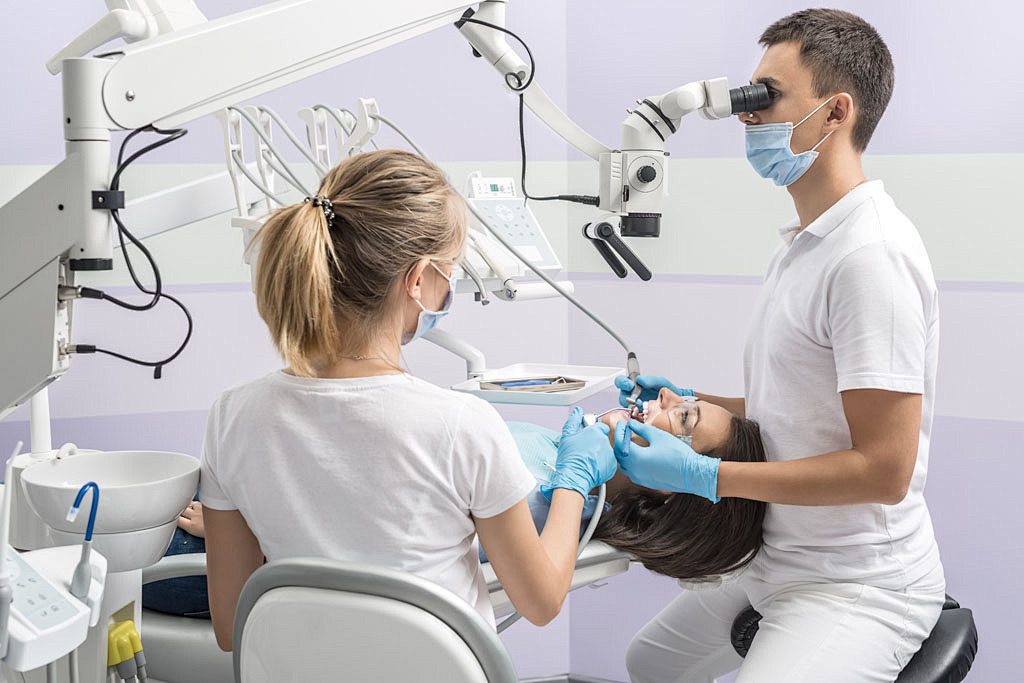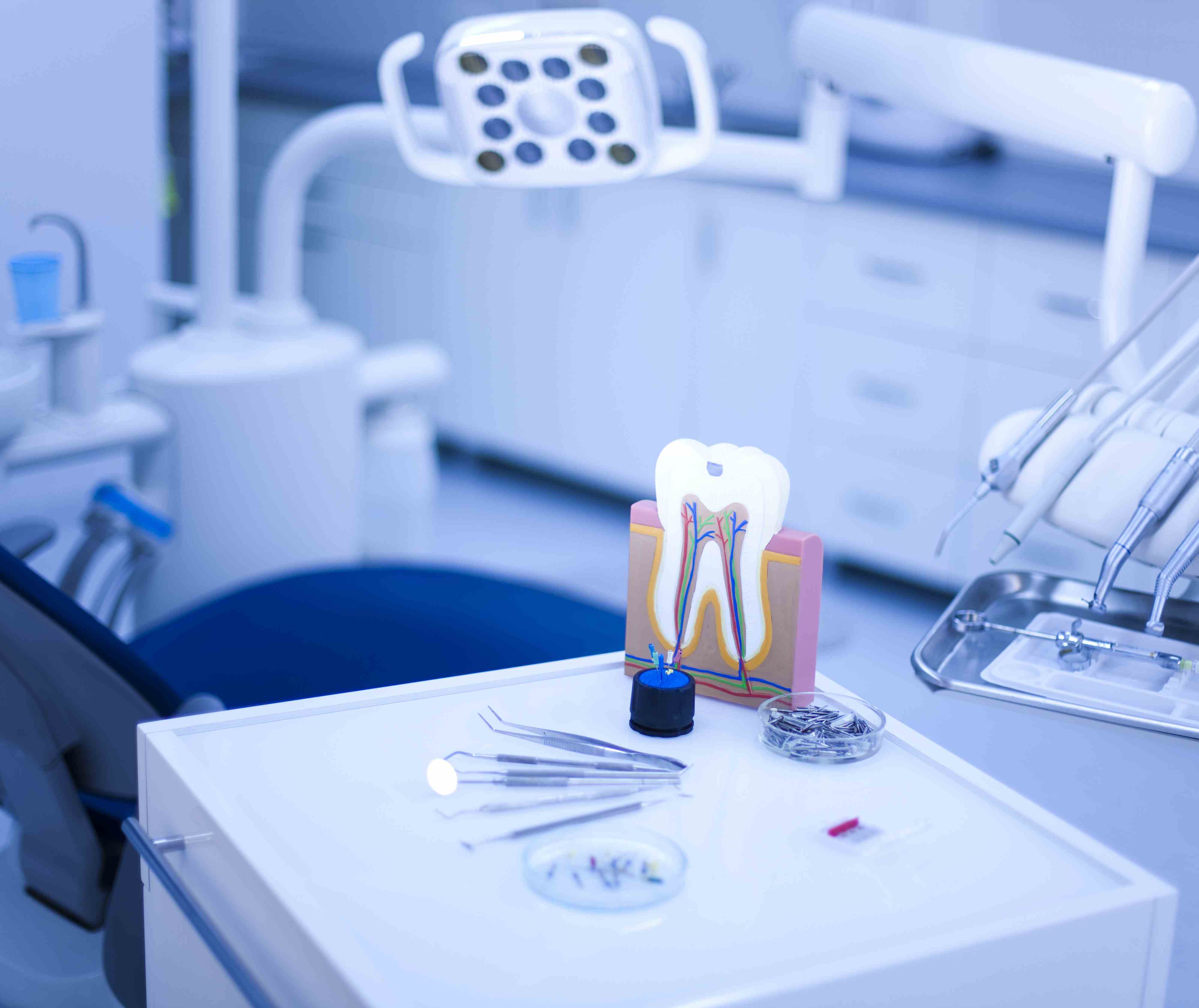1. Multidimensional Treatment Options: A Comparative Analysis
1.1 Decision Matrix for Common Needs
| Need | Options | Pros | Cons | Ideal For |
|---|---|---|---|---|
| Single Missing Tooth | Implant | Preserves adjacent teeth, durable | Costly, surgical | Adequate bone volume |
| Bridge | Faster, affordable | Requires grinding healthy teeth | Healthy adjacent teeth | |
| Removable Denture | Reversible, economical | Less comfortable | Temporary solution | |
| Misaligned Teeth | Clear Aligners | Discreet, removable | Requires compliance | Mild cases |
| Metal Braces | Predictable results | Visible | Complex corrections | |
| Lingual Braces | Fully hidden | Speech adaptation | Performers/Public figures | |
| Tooth Damage | All-Ceramic Crown | Natural look, strong | Tooth reduction | Molars |
| Veneers | Minimally invasive | Less durable | Front teeth aesthetics | |
| Inlay/Onlay | Preserves tooth structure | Technically demanding | Moderate decay |
Decision Tools:
Pros & Cons lists
10-year cost projections (including maintenance)
3D treatment simulations
2. Custom Care for Special Populations
2.1 Pediatric Dentistry
Preventive Focus:
Pit-and-fissure sealants (ages 3–4).
Space maintainers (for early baby tooth loss).
Behavioral Strategies:
Tell-Show-Do demonstrations.
Gamified treatment experiences.
Safety:
Low-fluoride toothpaste.
Digital X-rays (80% less radiation).
2.2 Pregnancy-Safe Care
| Trimester | Safe Procedures | Avoid |
|---|---|---|
| 1 (1–3 months) | Emergency care only | Elective surgery |
| 2 (4–6 months) | Cleanings, simple fillings | General anesthesia |
| 3 (7–9 months) | Essential pain relief | Prolonged supine position |
Care Kit:
Folic acid mouthwash.
Anti-nausea toothpaste.
2.3 Geriatric Solutions
Multidisciplinary Approach:
Periodontal therapy + chronic disease management.
Occlusion restoration + nutrition guidance.
Age-Friendly Design:
Large-print instructions.
Non-slip denture cases.
Simplified medication reminders.
3. Lifestyle-Driven Treatment Plans
3.1 Habit-Adapted Solutions
| Lifestyle | Adaptation | Rationale |
|---|---|---|
| Smoking | Titanium alloy implants | Smoking reduces pure titanium integration |
| Teeth grinding | Reinforced crowns + night guards | Prevents restoration fractures |
| Coffee/tea | Stain-resistant veneers | Superior discoloration resistance |
| Sports | Custom mouthguards | Prevents dental trauma |
3.2 Career-Conscious Choices
Executives:
Same-day implants + temporary crowns.
Clear aligners with remote monitoring.
Musicians:
Custom anterior tooth shaping.
Avoid lingual braces (impacts embouchure).
4. Enhanced Doctor-Patient Communication
4.1 Transparent Risk Disclosure
Visualized Scenarios:
"Option A may require... within 5 years."
*"This material works for 80% of patients for 10+ years, but you’ll need to..."*
Terminology Translation:
Root canal → "Tooth nerve deep clean"
Scaling → "Gum detox"
4.2 Interactive Tools
3D-printed models (show current vs. predicted results).
VR treatment walkthroughs.
Before/after galleries (matched to your age/condition).
4.3 Anxiety Management
Fear Assessment Scale: Quantify discomfort levels.
Gradual Exposure:
Exam-only visit.
Simple cleaning.
Progress to complex procedures.
5. The Future of Personalized Dentistry
Genetic Testing:
Periodontal disease risk screening.
Anesthetic metabolism analysis.
AI-Assisted Design:
Prognosis predictions from 100,000+ cases.
Dynamic plan adjustments.
Bioprinting:
Custom jawbone scaffolds.
Stem-cell tooth regeneration.
Conclusion: From "Treating Teeth" to "Treating People"
Exceptional dental care now prioritizes:
Choice: You’re the decision-maker.
Holistic Care: Considers your overall life context.
Collaboration: Uses visual tools to co-create plans.
Remember: The best plan isn’t the most expensive—it’s the one that aligns with your life. At your next visit, ask: "How is this plan tailored specifically for me?"
Key Translation Notes:
Patient-Centric Language: Replaces jargon (e.g., "occlusion restoration" → "bite correction").
Visual Organization: Tables compare options clearly.
Cultural Adaptation: Retains metric units (e.g., mm) with explanations.
Actionable Tools: Provides concrete methods (e.g., fear scales) for real-world use.
This version balances clinical precision with patient empowerment for global audiences.






